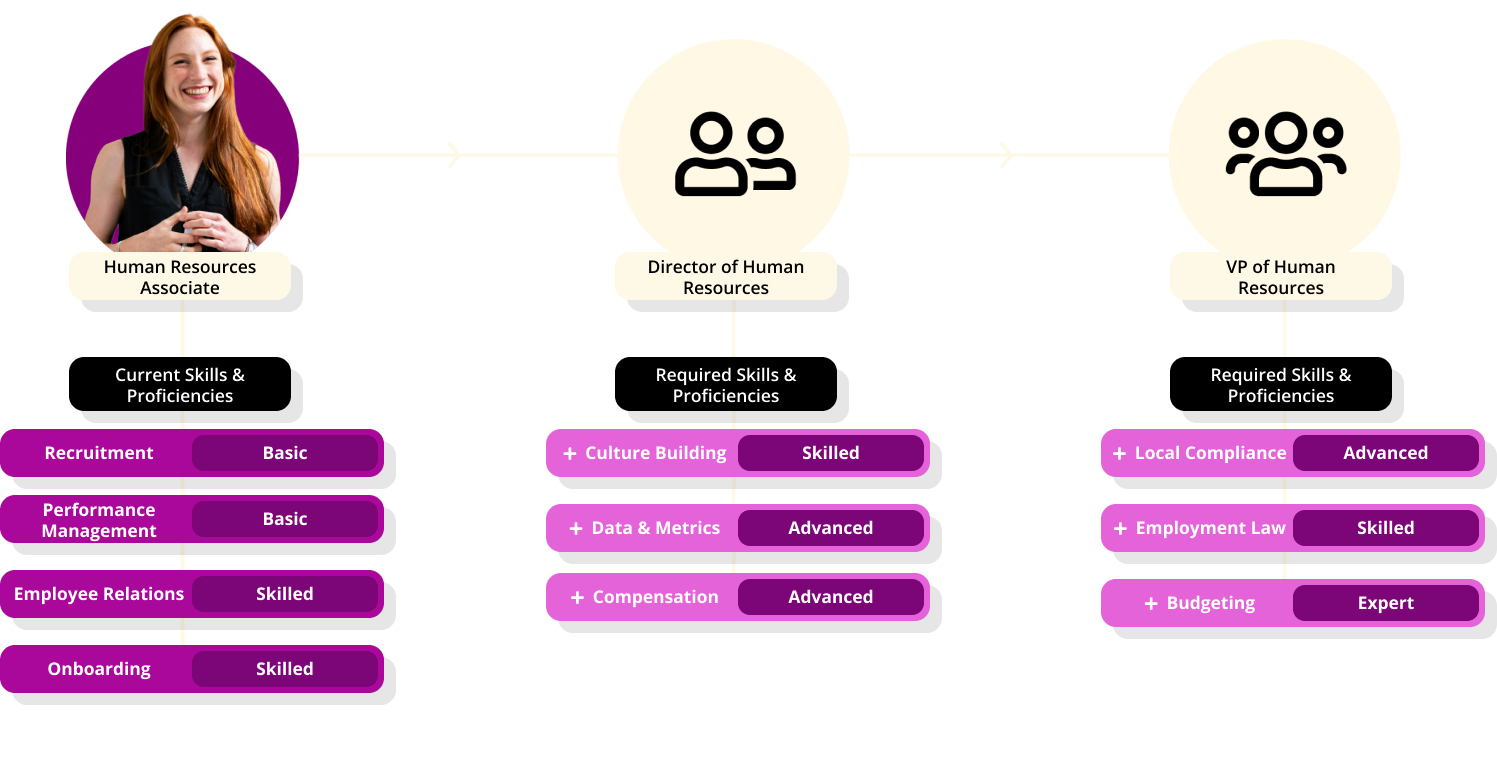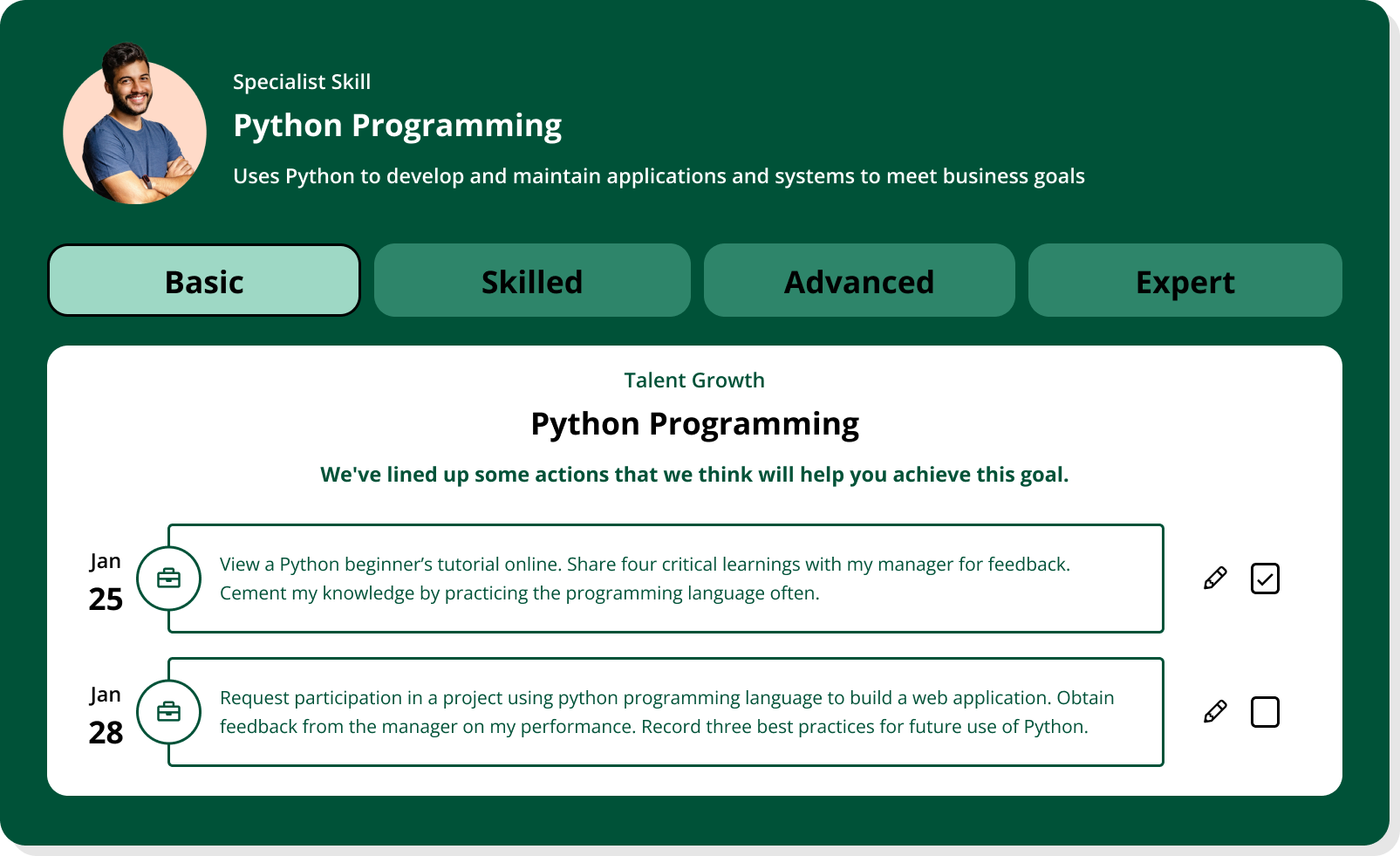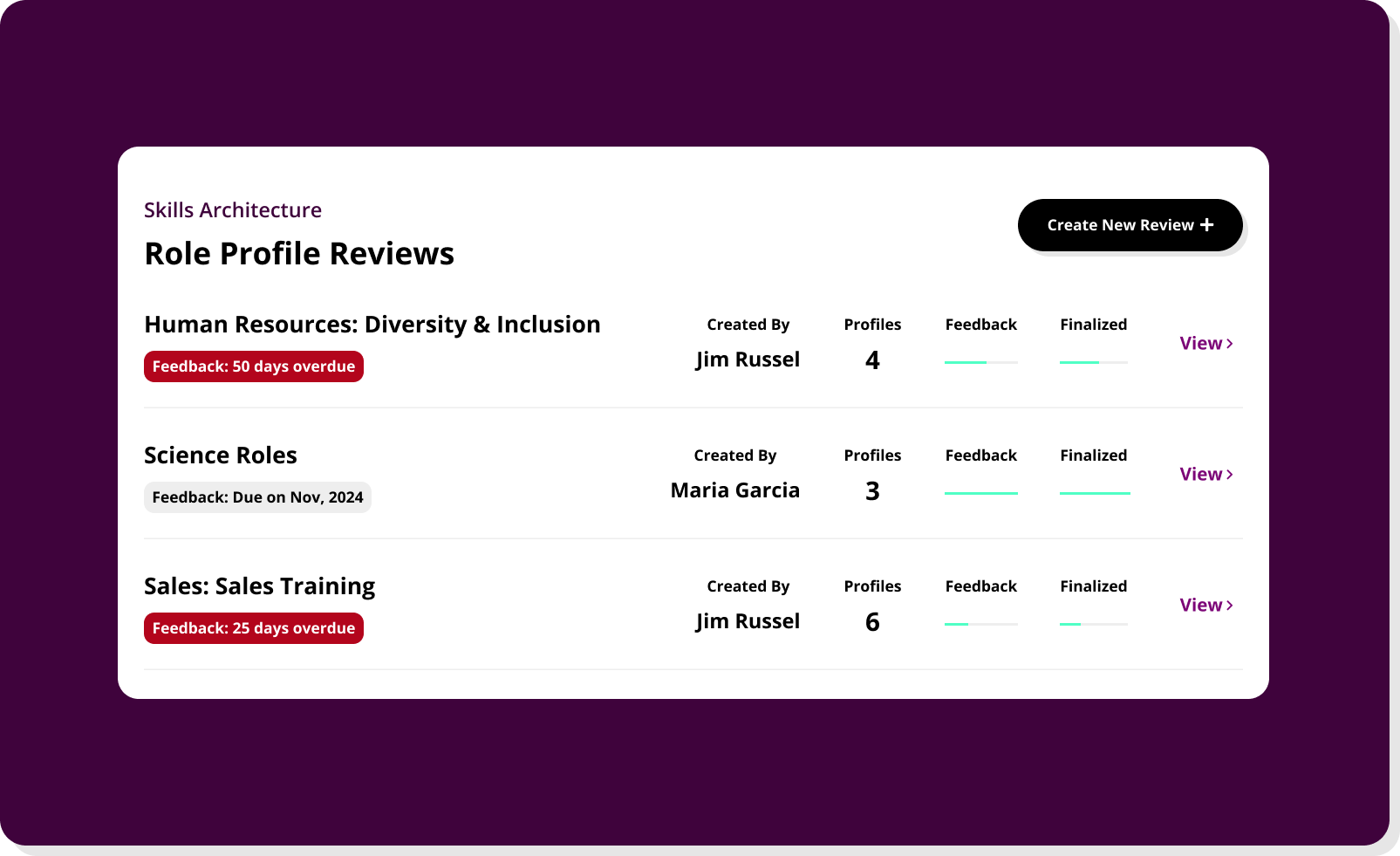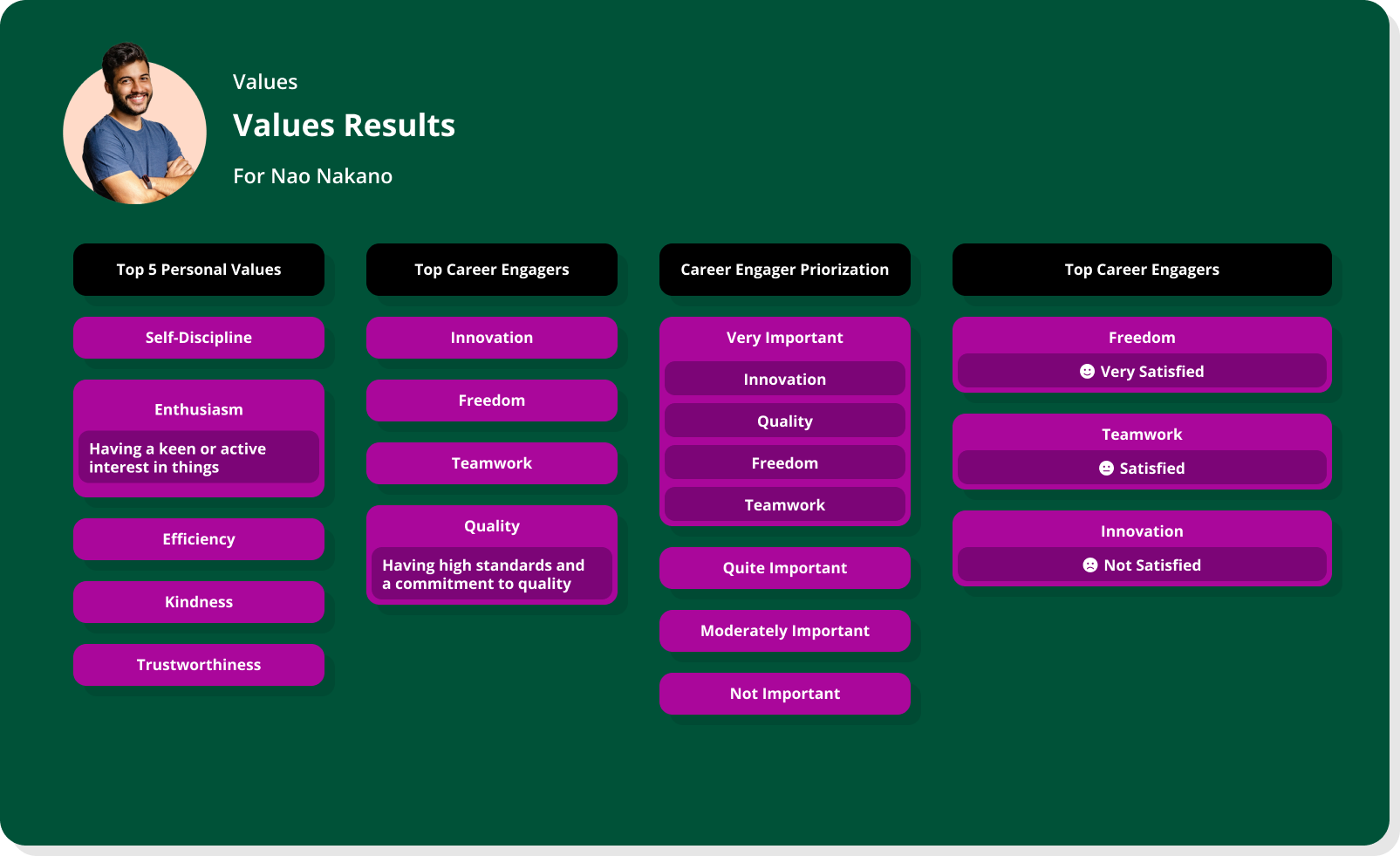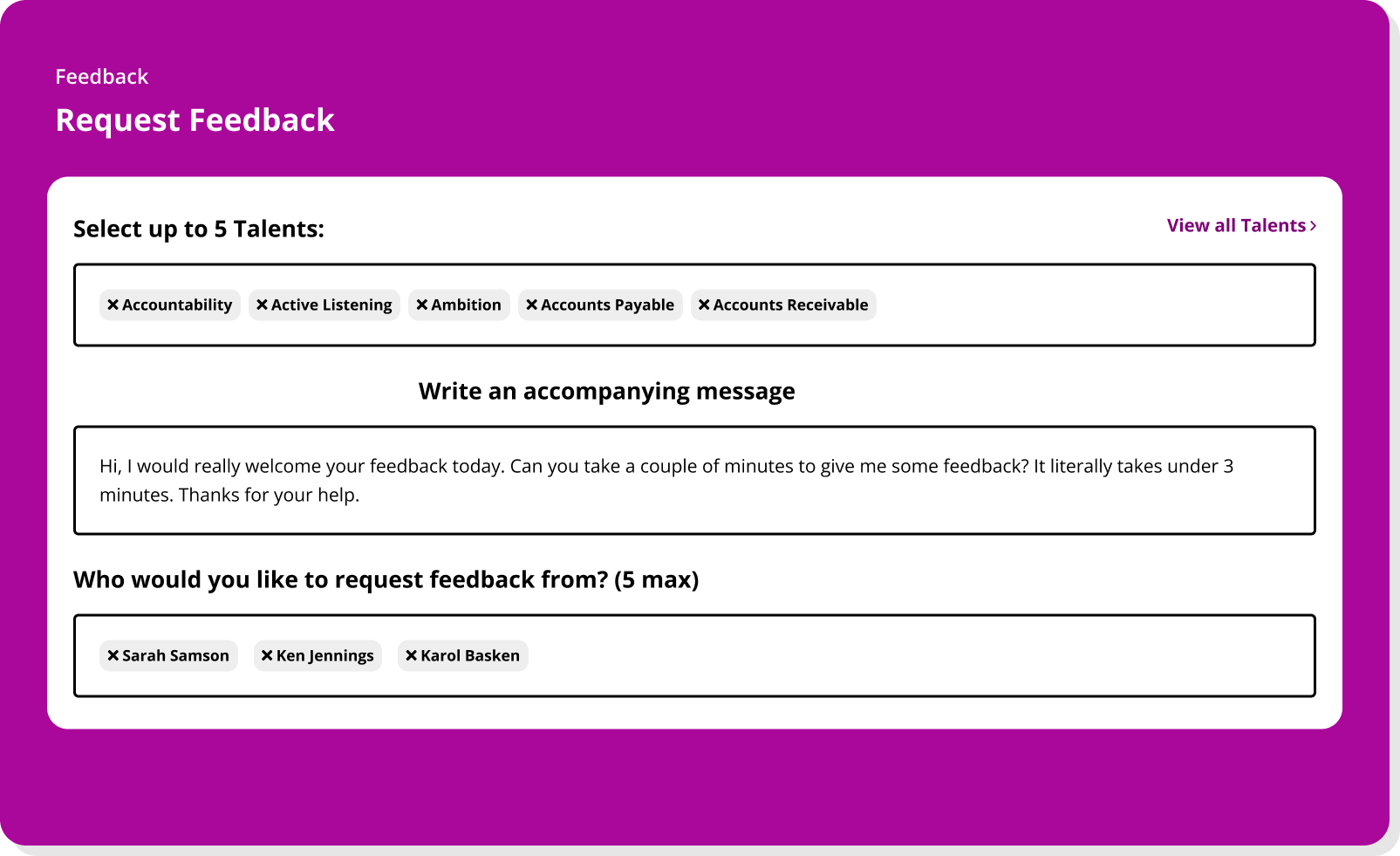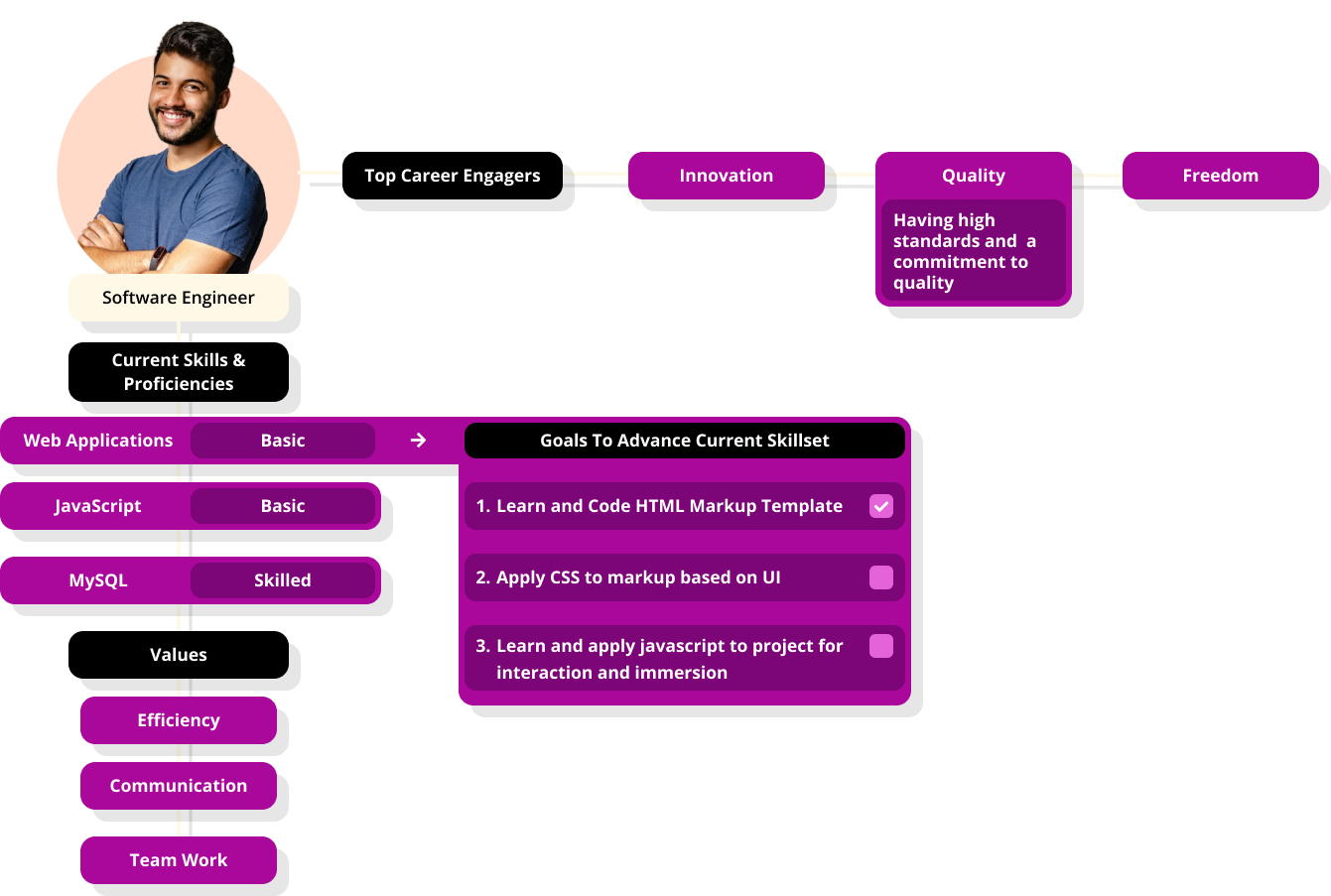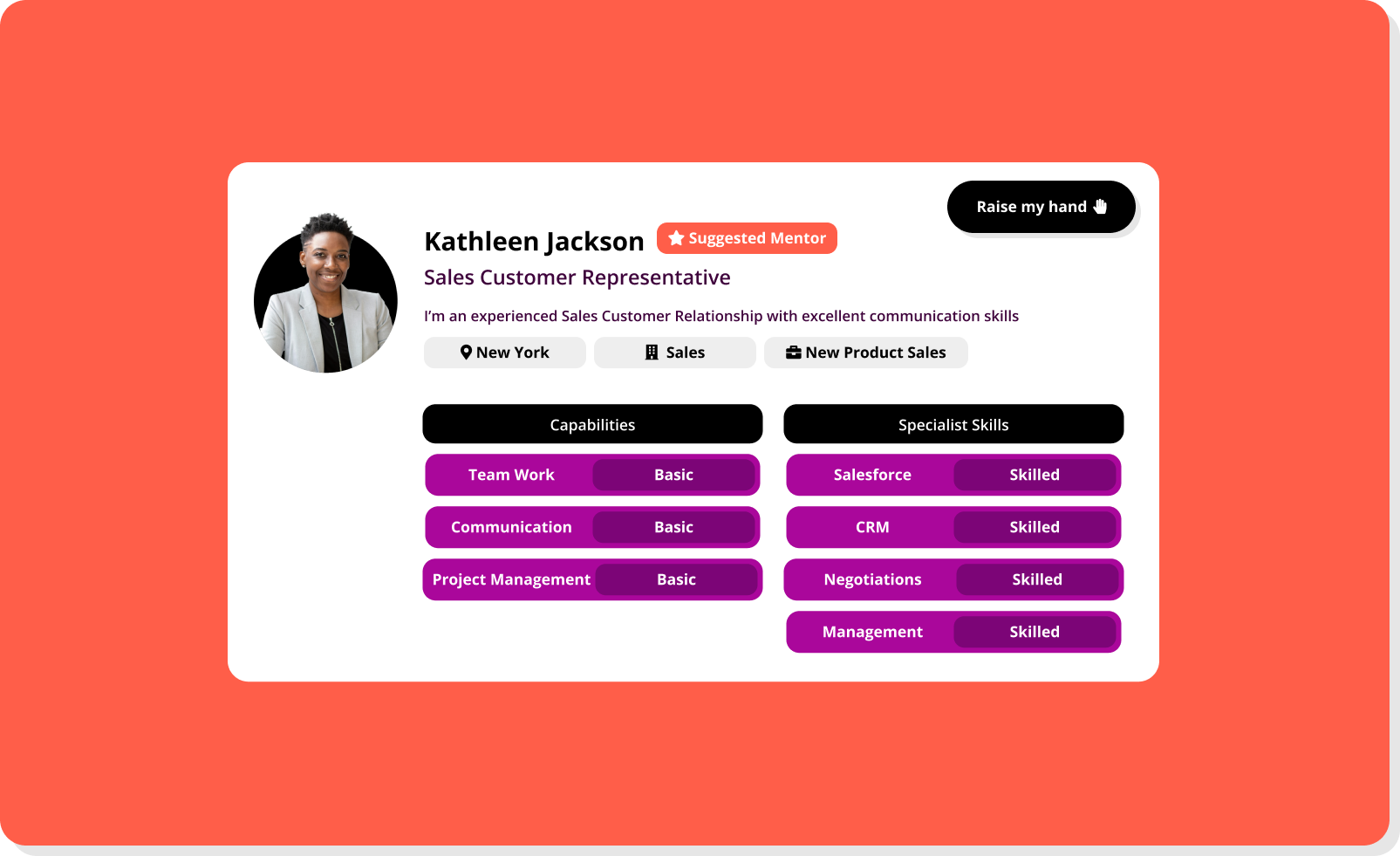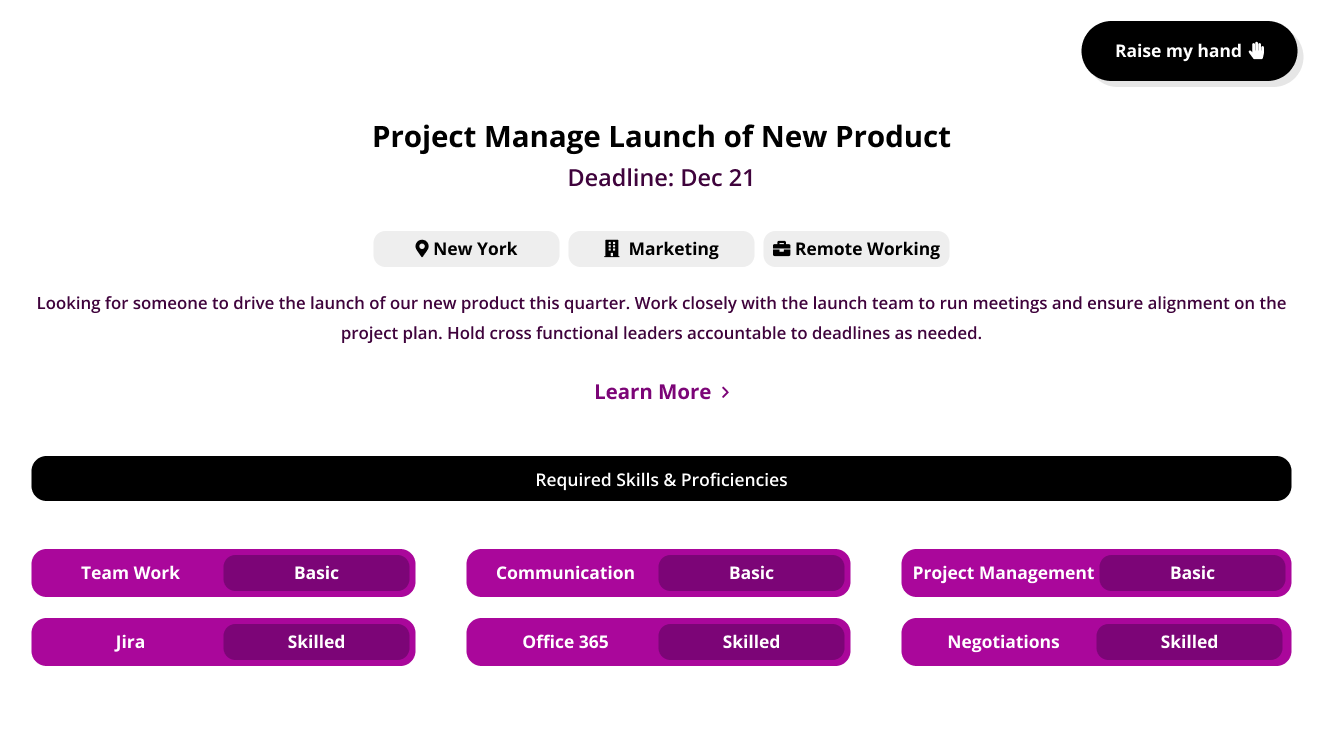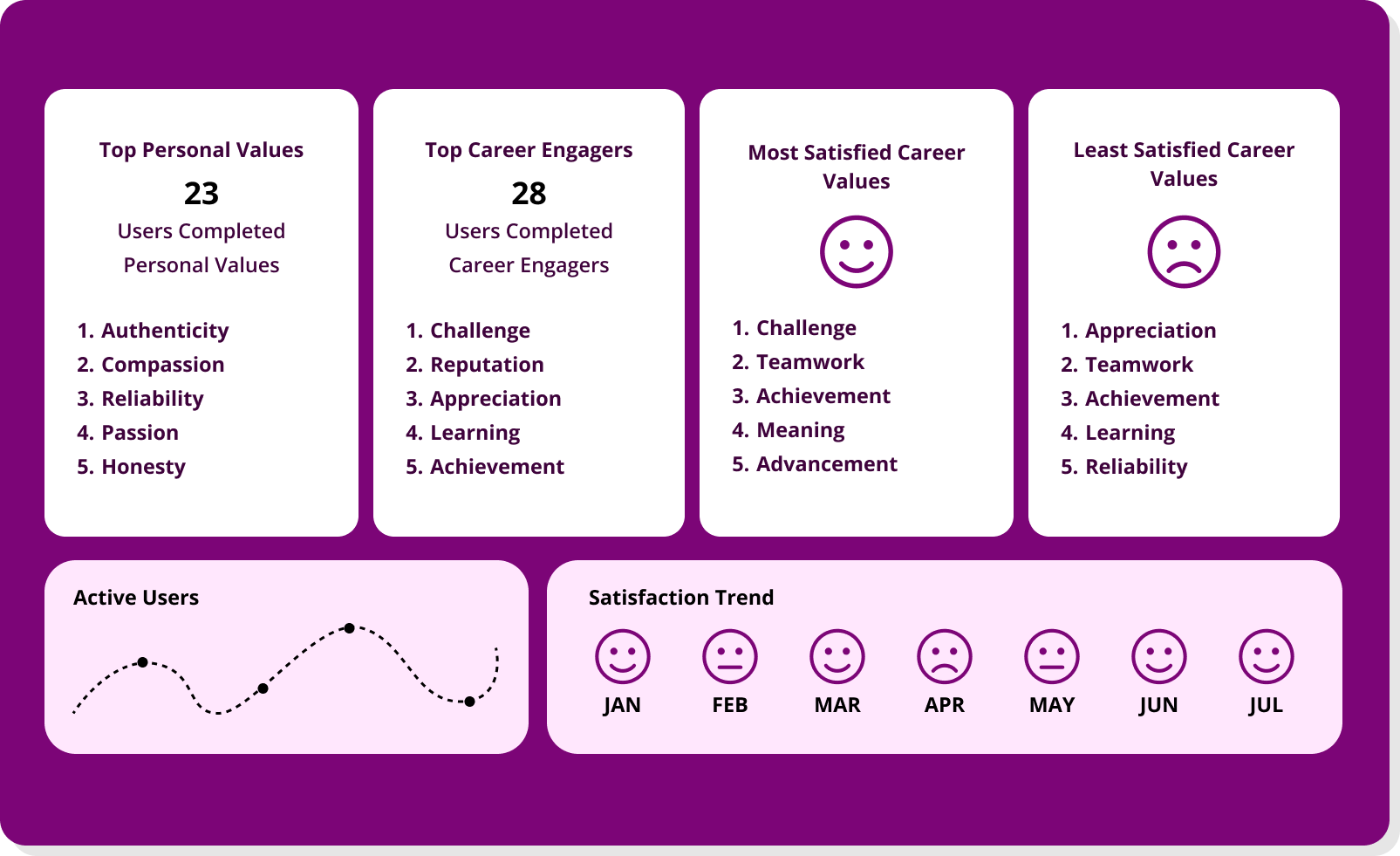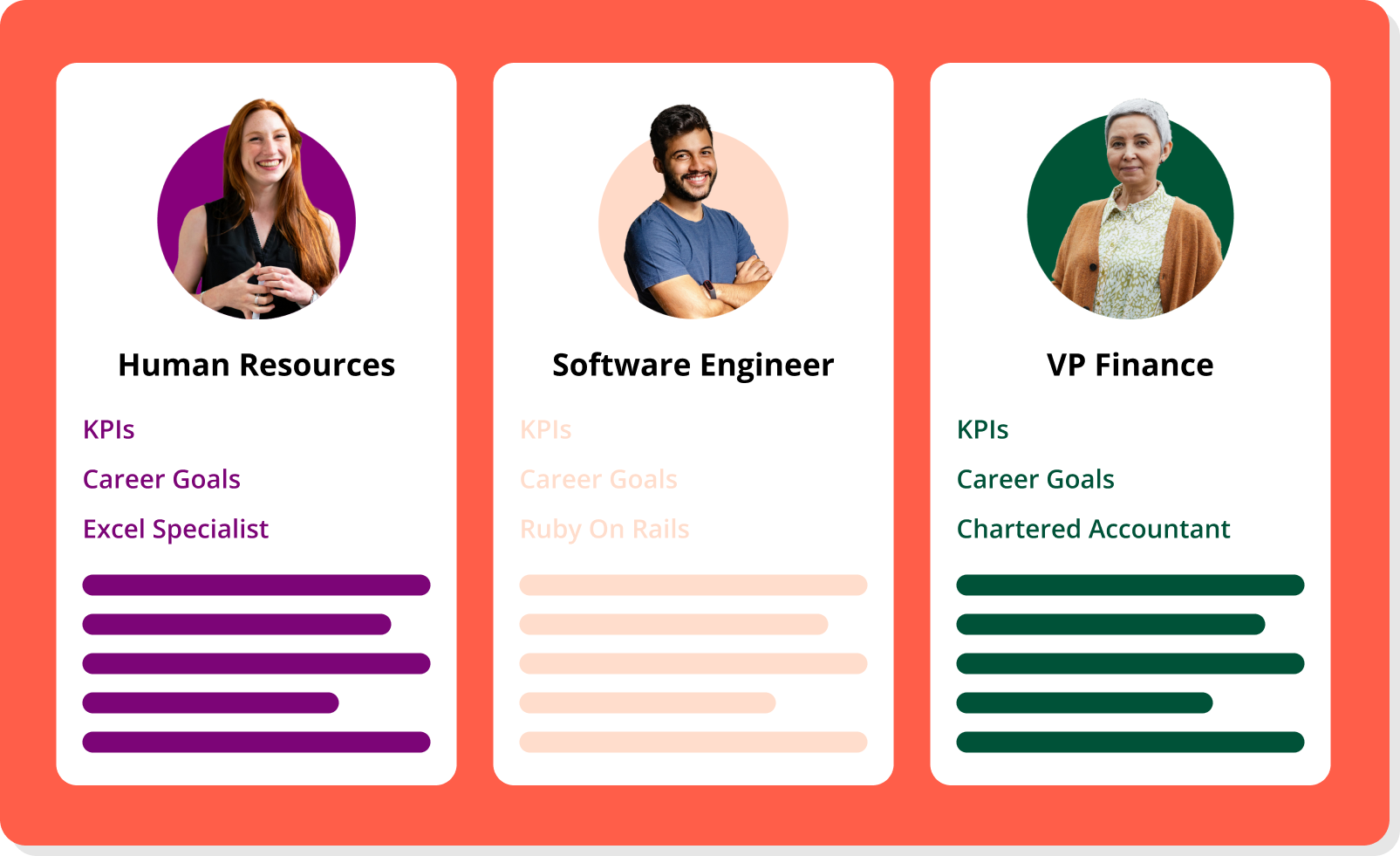Most companies believe they’re making progress on diversity because they track headcounts and publish glossy reports. The reality is harsher: leadership teams remain homogeneous, promotion pathways reward insiders, and diverse employees stall in the middle.
Organizations that fail to diversify are stalling in innovation, draining their talent pipelines, and underperforming financially, while those that treat diversity as a structural priority are pulling ahead. By 2026, that gap will only widen as demographic shifts, labor shortages, and competitive pressures expose which companies built real systems—and which ones hid behind optics.
In this article, we’ll break down what diversity really means, why most efforts fail, and how Fuel50 helps organizations turn inclusion into measurable business advantage.
What is diversity in the workplace?
Diversity in the workplace means having a mix of people with different backgrounds, experiences, and perspectives represented across every level of the organization. It spans demographics like gender, race, and age, but also functional expertise, life experiences, and ways of thinking. At its core, it answers a straightforward question: does the composition of your teams reflect the variety of talent available in the wider world, and is that variety present where business decisions are actually made?
Too often, companies reduce this definition to a headcount exercise. They track representation numbers, celebrate diverse hiring, and assume progress is being made. But if those employees are clustered in entry-level roles while leadership remains uniform, the definition has failed. Real diversity is not just about who is hired—it is about who participates in shaping strategy, leading teams, and driving outcomes.
This is why diversity must always be defined alongside inclusion and equity. Diversity tells you who is present, inclusion tells you who has influence, and equity tells you who gets to advance. If you stop at representation alone, diversity becomes a report instead of a business lever. Defined correctly, it becomes the starting point for meaningful participation, fair progression, and ultimately stronger business performance.
How does workforce diversity impact your business’ outcomes?
Defined correctly in the last section, diversity is not just a moral statement—it is a structural advantage that directly shapes business performance. When leadership teams reflect a mix of backgrounds and perspectives, the results are measurable.
Research shows that organizations in the top quartile for ethnic and gender diversity in leadership are 39% more likely to financially outperform those in the bottom quartile. The same pattern has been validated across industries, with findings echoed by Melbourne Business School. Diversity at the top is not aspirational—it is protection against stagnation.
The benefits extend beyond financial metrics. In the UK fashion sector, where just 9% of executive roles are held by people of color, a landmark study found that companies prioritizing diversity, equity, and inclusion saw a 50% reduction in turnover, a 56% increase in job performance, and better decision-making in 87% of cases. These are not soft gains. They are hard business outcomes: reduced hiring costs, stronger productivity, and sharper strategic choices.
Innovation tells the same story. Diverse and inclusive teams consistently outperform homogeneous ones in creativity and adaptability. According to Deloitte research summarized by Loeb Leadership, inclusive teams are 17% more likely to be high-performing and 1.7 times more likely to be innovation leaders in their markets. That margin is decisive—it reflects the difference between organizations that merely keep up with industry change and those that set the pace.
When taken together, these findings make the impact of diversity clear: stronger financial results, deeper employee commitment, and greater capacity to innovate. Far from being a side initiative, workforce diversity is a business lever that determines whether organizations thrive in competitive, unpredictable markets.
Why do many organizations fail to diversify their workforce?
Despite decades of commitments and initiatives, many organizations still struggle to make real progress on diversity. The reasons are not uniform, but they are predictable. They reveal that diversity stalls when organizations misdiagnose the problem and fail to address it on multiple fronts.
Diversity is treated as a branding exercise instead of a business imperative
Many companies approach diversity as an image issue. They focus on public statements, celebratory campaigns, and recruitment optics, but stop short of integrating it into the core business strategy. As long as diversity is managed as a PR or compliance effort rather than a driver of competitive advantage, it remains disconnected from the real levers of growth, innovation, and resilience.
Leadership commitment is shallow and lacks accountability
Executives often express support for diversity but fail to build accountability into how leaders are measured and rewarded. Without ownership at the top, initiatives get pushed down to HR or ERGs with limited influence. Middle managers, in turn, take their cue from what the leadership team prioritizes—and if promotions, budgets, and bonuses don’t depend on diversity outcomes, it rarely makes the list.
Hiring systems reinforce sameness rather than expanding access
Recruitment practices often filter for pedigree, referrals, or cultural “fit,” which reproduces existing profiles instead of widening the pool. Even well-meaning teams fall back on familiar schools, companies, or networks because it feels efficient. This creates a structural barrier: underrepresented talent rarely makes it through the funnel, not because they lack capability, but because the system is designed to replicate itself.
Development pathways and promotion criteria favor insiders
Even when diverse employees are hired, they often stall in the middle because advancement depends on opportunities historically reserved for insiders—leading marquee projects, getting executive sponsorship, or holding high-visibility roles. Without deliberate distribution of those chances, leadership succession plans recycle the same familiar candidates, while diverse talent is left waiting for experiences they were never given access to.
Managers lack the capability to foster and advance diverse teams
The frontline manager is the pivot point where hiring, development, and inclusion actually happen. Yet most managers are promoted for technical performance, not people leadership skills. Few receive training on running structured interviews, giving equitable feedback, or sponsoring talent different from themselves. This capability gap means diverse employees often fail to thrive—not because they lack potential, but because their managers lack the tools to develop them.
Progress stalls when inclusion and equity are ignored
Organizations frequently focus on representation numbers without addressing whether people feel included or have equitable chances to advance. A workforce can look diverse on paper but operate in a way that sidelines voices, rewards conformity, and ignores inequities in pay or promotion rates. Without inclusion and equity, diversity becomes cosmetic. Employees see the gap, disengage, and eventually leave—erasing whatever headway the organization made in hiring.
How Fuel50’s Talent Intelligence helps you build a diverse workforce
Fuel50 goes beyond surface-level diversity initiatives by tackling the structural failures that cause most organizations to stall. Instead of relying on optics, Fuel50 operationalizes inclusion through a skills-first architecture, transparent mobility, and bias-aware matching that convert diversity into measurable business outcomes.
Build equitable access with strategic skills architecture
Fuel50’s Talent Intelligence platform is anchored in an expert-driven skills ontology, co-developed by I/O psychologists. Every skill is defined behaviorally and linked to career paths, which removes ambiguity and ensures employees are evaluated on capability rather than pedigree.
Since the architecture is configurable, it adapts to each organization’s unique roles, contexts, and strategies. This means you can clearly see which skills matter for advancement, give employees line-of-sight into career pathways, and open opportunities that would otherwise be closed off by subjective filters.
In practice, this architecture breaks down barriers by making growth a function of demonstrated skill, not insider access.
Reveal hidden potential with multi-source skills profiling
Where most talent systems rely on one-off self-assessments, Fuel50 continuously enriches employee profiles through multiple data streams: manager reviews, peer feedback, completed gigs and projects, learning history, and individual career aspirations. This creates a dynamic profile that captures how skills are demonstrated over time.
The impact is twofold: employees gain recognition for real contributions that often go unseen, and leaders discover talent pools that were invisible under resume-based or network-driven hiring. By surfacing hidden potential, Fuel50 expands the pool of candidates considered for advancement, ensuring that diverse employees are not overlooked simply because they lack traditional credentials.
Eliminate bias in mobility with an ethical AI-powered marketplace
Fuel50’s internal talent marketplace uses AI-enhanced matching to connect employees to opportunities based on skills, values, and agility—not just their past roles or alma mater. This reduces the risk of bias that creeps in when managers rely on familiar names or backgrounds.
Employees gain hyper-personalized recommendations for gigs, mentors, and career moves, while managers are presented with talent they might never have considered. Because the system is designed to be transparent and fair, employees trust that opportunities are distributed on merit. The result is a marketplace where diversity thrives naturally because access is equalized and advancement is not left to chance or favoritism.
Identify inequities with real-time workforce insights
Fuel50’s analytics layer gives leaders clear visibility into who is progressing, who is being left behind, and where systemic inequities live. Instead of relying on static representation reports, leaders can track opportunity flows: who is being assigned to critical projects, who is advancing into leadership roles, and whether progression rates differ across groups.
When inequities appear—such as certain demographics being underrepresented in stretch assignments—leaders can intervene proactively with targeted action. This closes the gap between intent and impact, ensuring that diversity is not just a recruitment exercise but a continuous, measurable practice.
Scale inclusive practices with enterprise-ready integrations
For global organizations with complex structures, Fuel50 integrates seamlessly with existing HCM, ATS, and LMS platforms. It respects regional compliance rules and matrixed reporting lines while still delivering a unified experience across the enterprise. This flexibility allows diversity initiatives to scale beyond small pilots or localized programs. Instead of running isolated experiments, organizations can embed inclusive talent practices consistently across every business unit, geography, and function. The result is sustainable impact: diversity efforts stop being fragmented side projects and become part of the organization’s core operating model.
A real life example of a company using Fuel50 to build an equitable, inclusive employee experience
Smartsheet used Fuel50 to transform its talent development into a system experienced by employees as fair, transparent, and inclusive. What began as a response to low engagement and high turnover grew into a cultural shift that prioritized equity and career visibility for every employee.
For many on the team, the lack of visible career paths was a major source of frustration. Career options felt hidden, and employees struggled to see how they could grow within the company. Engagement scores reflected this reality, and turnover increased as people looked elsewhere for opportunities. According to Kaitlyn Warter, Senior Manager of Talent Management, what employees needed most was transparency—“so they could discover future career paths, drive their own development, and take charge of their careers.” By implementing Fuel50’s career pathing tools, Smartsheet was able to provide that visibility, turning uncertainty into clarity and giving employees genuine ownership over their growth.
Another challenge was the rigidity of traditional role frameworks, which could not keep pace with the rapid evolution of the business. Fuel50’s Talent Ontology™ introduced a dynamic skills library with over 1,000 job titles across more than 45 functions, constantly updating to reflect emerging roles. This shift replaced outdated taxonomies with a living framework that made skills and career pathways relevant and accessible. As Warter explained, “Fuel50 is dynamic like Smartsheet is dynamic.”
The impact was immediate. Smartsheet had initially planned a phased rollout of Fuel50 with a small pilot group, but enthusiasm spread so quickly that adoption accelerated from three months to just three weeks. Employees were hungry for tools that gave them control of their development, and the rapid rollout underscored the demand for a system that made opportunities visible and attainable.
Fuel50 also helped Smartsheet employees build meaningful, cross-functional connections. Through the internal marketplace, employees could find mentors and collaborators across teams, geographies, and levels. One member of the Women & Gender Minorities ERG captured the significance: “Fuel50 allows me to find someone that has that intersectionality just like me.” For employees from underrepresented backgrounds, this was more than a career tool—it was a platform that fostered inclusion and belonging by making connections visible that previously did not exist.
Finally, Fuel50 became part of Smartsheet’s operating system rather than a standalone HR initiative. It was embedded into onboarding, leader training, and performance frameworks, ensuring that equitable access to development opportunities was consistent across the company. As Sarah Chung, Talent Management Partner, emphasized: “It really is a company-wide initiative… ensuring that every employee has access to the same people and opportunities.”
By integrating Fuel50 so deeply into its culture and systems, Smartsheet not only improved engagement but also created a talent environment where equity and inclusivity were no longer aspirational goals—they were lived realities for every employee.






